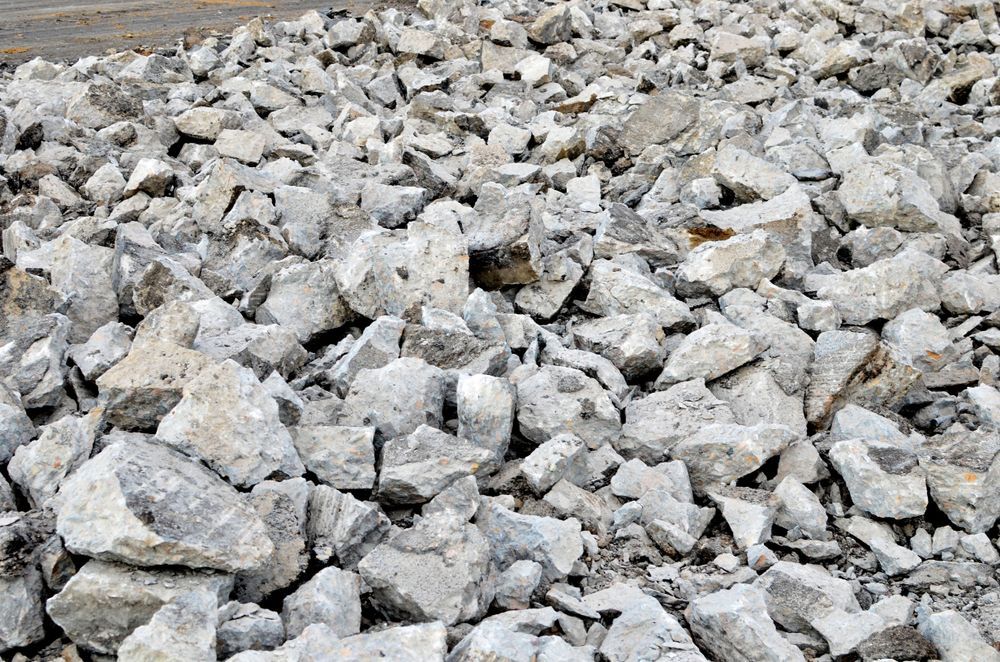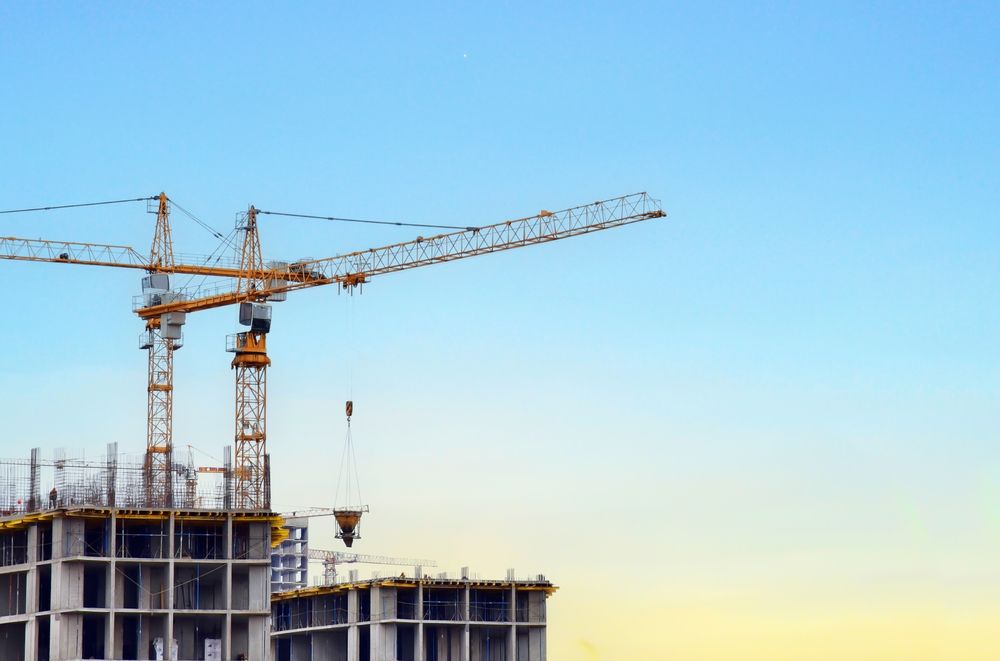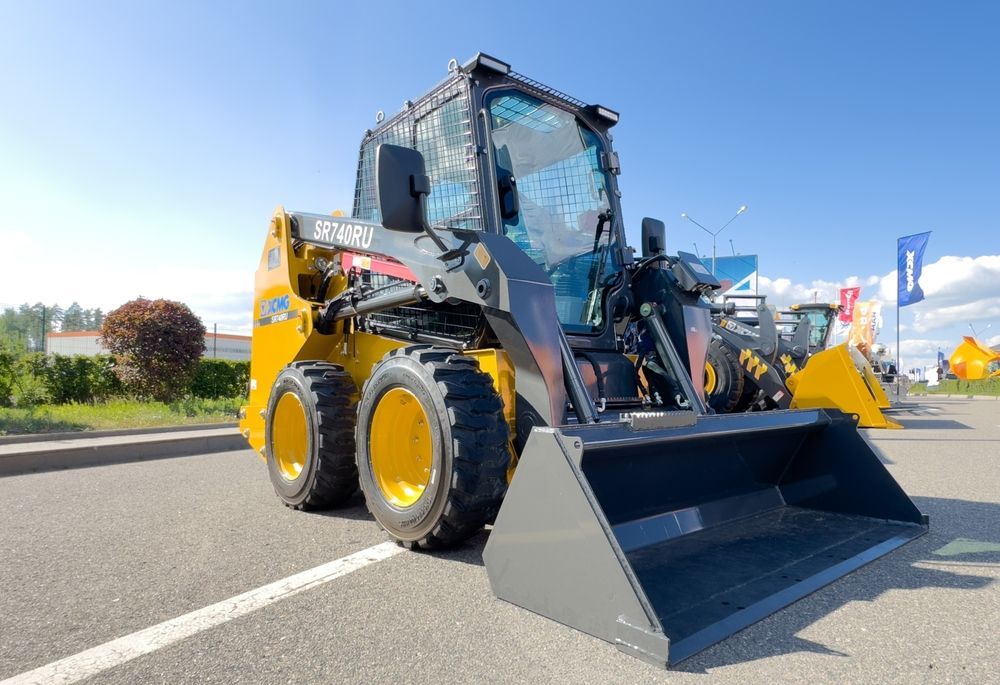Importance of Land Clearing for Commercial Development
Share this article:
Written by: Alpine Demolition
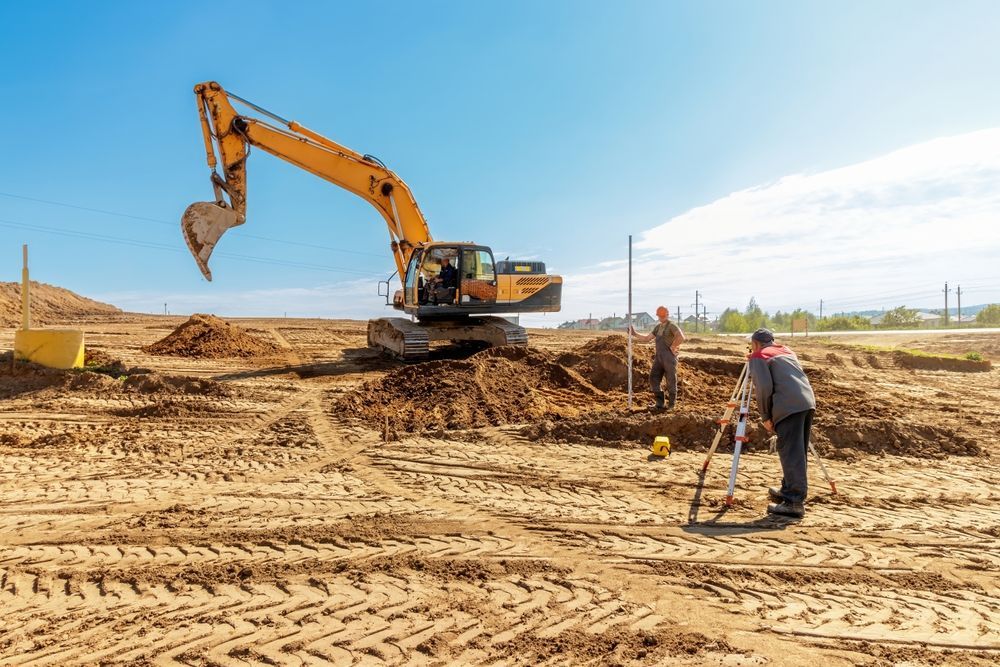
Before you build, you have to clear. Clear the land, that is.
Land clearing is a crucial step that precedes new development on every project. To ensure a successful development, you first need to ensure that land clearing is done correctly. In this post, we'll take a deep dive into land clearing, why it's so important when constructing new developments, key benefits of land clearing, strategies for land clearing, and more.
Read on to learn everything you need to know about land clearing or contact Alpine Demolition today for more.
What is Land Clearing?
Land clearing is the process of removing any vegetation, growth, rocks, stumps, and more and then preparing a designated site for construction or development. In rural areas, land clearing may represent a significant undertaking that often requires heavy equipment to adequately remove any obstructions so building can thereby commence.
When is Land Clearing Needed for Development?
If a plot of land or a lot is not properly cleared, construction will be unable to begin in earnest. Regardless of the type of lot, it's likely that there are obstructions that will get in the way of building. Removing these obstacles will make it suitable for building on. Failure to clear land and it's going to be much more difficult to establish a solid foundation to build on and build the project according to its land use plan.
Land clearing isn't necessarily just for getting rid of growth and vegetation either. It's also important following
demolition to ensure that all debris and building materials are removed and cleared out.
Benefits of Land Clearing
Land clearing doesn't just do away with unwanted growth, debris, and vegetation to make a site suitable for building on. It also presents several other benefits. These include:
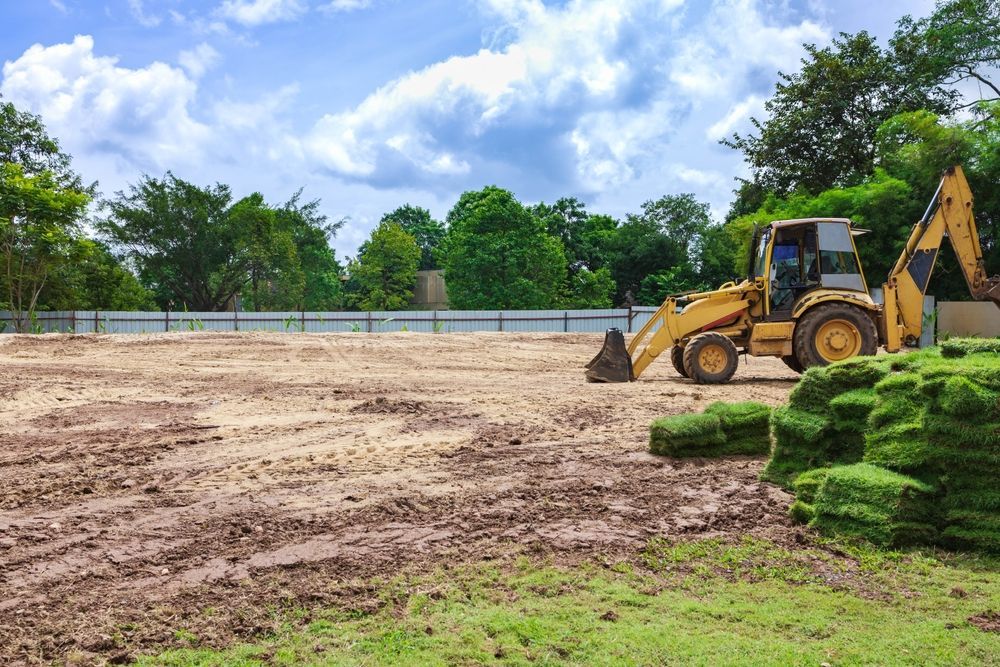
Fosters Growth & Maintains Soil
Land clearing has several benefits for the soil on a particular plot. When unwanted trees, stumps, vegetation, and other debris are removed, you're also removing things that can impede future growth when landscaping is planted. In some cases, land clearing may remove invasive plant species that are harmful to the local environment, doing even more good.
Land clearing can help loosen up and aerate the soil, allowing for better overall growing conditions. Newly planted plants also won't be competing with any existing plants for soil nutrients.
Provides Environmental Stability
Clearing existing growth on a plot of land can help make way for more than just a new development but for the opportunity to plant more trees and plants on the lot. These trees and new plants can help filter out any airborne pollutants and help improve local air quality.
Promotes Health & Safety
Land clearing also helps remove any trip and fall hazards (i.e., roots, debris, etc.) that may lead to injury, promoting a safer overall space.
Provides Pest Control
Removing debris, brush, and any other type of overgrowth is also going to remove popular pest-hiding spots. This helps to control the overall pest population on the site itself and in the greater local area.
Facilitates Maintenance
You want any new development to have curb appeal. However, failure to properly clear land can do the opposite. Brush, growth, debris, and weeds are more than just an eyesore - but they can make landscaping and facilities maintenance more difficult. Pests can live and hide in overgrowth, potentially infiltrating facilities. Weeds and vegetation can make landscaping challenging and potentially impede access to the facility. Improper land clearing can be a facility manager's worst nightmare.
Common Land Clearing Strategies
There are several ways to clear land - and one or more strategies may be utilized on a site. The most common strategies include:
Bulldozing
This method involves using a bulldozer to clear vegetation and any other obstructions on a land plot. Also commonly known as the "pusher method," the use of a bulldozer involves literally pushing objects and plants out of the way. The big advantage of the bulldozing method is that it tends to be very fast. However, there are also some notable drawbacks. For instance, it only clears the surface and doesn't attack the roots of vegetation, so growth may reoccur over time. Additionally, bulldozing may damage the topsoil, making any replanting more challenging.
Cut & Grind
Clearing land with the cut-and-grind method involves sawing down trees and other vegetation and then grinding stumps and roots, usually into upcycled mulch.
Pile & Burn
An early form of land clearing, this process involves clearing land and then burning what you've cleared. It tends to be cost-effective, fast, and it doesn't require the removal of materials.
Pulling
Pulling is an early form of land clearing that involves attaching chains to trees, shrubs, and other vegetation and literally pulling them out of the ground with a tractor or heavy-duty truck. Though effective, it's a time-consuming method of clearing.
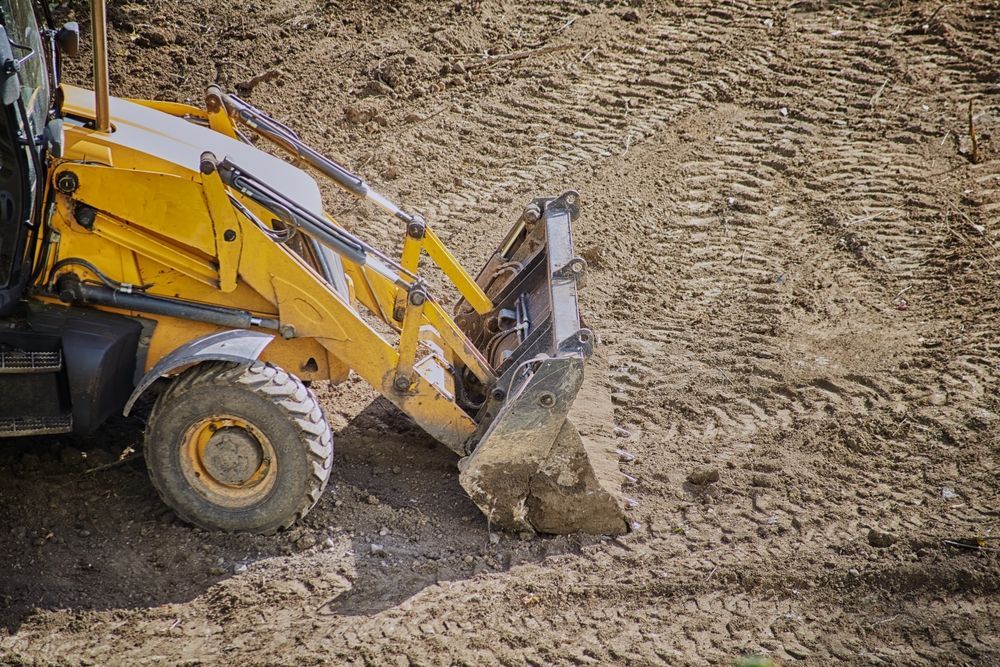
Equipment Needed for Commercial Land Clearing
The equipment you need largely depends on the type of land-clearing method you're doing. For instance, bulldozing will require one or more bulldozers. The cut-and-grind method involves saws, mulchers, stump grinders, and more. Pulling requires chains, heavy-duty ropes or cables, and a tractor. Pile and burn may involve a variety of tools and technologies to get the job done.
Start Your Project with a Clean Slate—Contact Alpine Demolition Today!
For more information on the importance of land clearing and why it's essential to start your next project with a clean slate of land, contact us today. As experienced demolition contractors, Alpine Demolition is standing by and ready to take care of all of your demolition and land-clearing needs. We boast more than 60 years worth of experience, have completed more than 2,000 projects, and have an industry-leading customer satisfaction rate of 95 percent. Contact us today for an estimate and to learn more.


